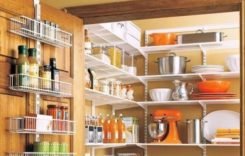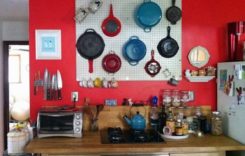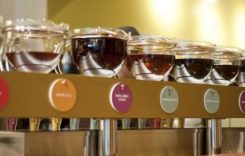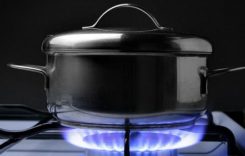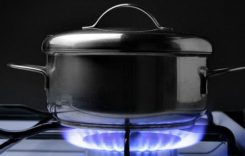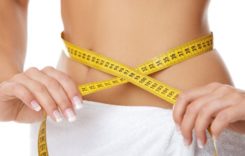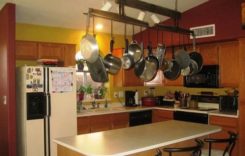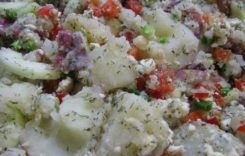
YEAST DOUGH
All yeast dough are made according to the same basic principles, and it is normally categorized into
ENRICHED DOUGH
- Savarin – rich yeast dough used for savarin babas, marignans.
- Brioche – rich yeast dough with a high fat and butter content.
LAMINATED DOUGH
- Croissants – made from dough in which the fat content has been layered (laminated) as in puff pastry.
- Danish – also laminated dough. Danish pastries may be filled with fruit, frangipane, apple, custard, cherries and many other ingredients.
SPECIALITY DOUGH
- Blinis – a type of pancake.
- Naan bread – unleavened bread traditionally cooked in a tandoori oven.
- Pitta bread – Middle Eastern and Greek bread, also unleavened.
- Chapatti – Indian unleavened bread made from fine ground wholemeal flour.
POINTS TO BE CONSIDERED WHILE MAKING YEAST DOUGH:
- Yeast should be removed from the refrigerator and used at room temperature.
- All ingredients should be weighed carefully.
- Work place should be clean and tidy to avoid cross contamination.
- Check all temperature carefully.
- Check all the machines for its working condition.
- Always follow the health and safety rules when using machines.
- Divide the dough with a dough divider, hard scarper or cutting machine.
- Weigh and check the divided rolls.
- keep the vessel, flour, liquid and all the ingredients in warm condition.
- Remember to knock the dough back carefully once it’s proved, as this will expel the gas and allow the greater dispersion of the yeast.
- Proving allows the dough to ferment; the second prove is essential for giving dough products the necessary volume and a good flavour.
- Should be very careful about the temperature and timing.
- Pre-heat the oven before placing the products for baking.
- When using frozen dough products always follow the manufacturer’s instructions.
YEAST GOODS – POINTS TO BE OBSERVED WHILE MAKING YEAST GOODS
A wide range of goods can be produced using yeast as the raising agent together with flour, water and other ingredients. Many types of breads rolls, buns, savarins, babas and some fried batters based on yeast dough.
- All the ingredients and equipments for bread making should be at room temperature or slightly warmer.
- Liquids should be at approximately 43o C. to make dough all the essential ingredients of yeast, flour, water and salt are thoroughly mixed. This wets the protein in the flour and forms gluten.
- It is left aside to ferment and then it is kneaded and moulded. Kneading and moulding determines the final shape of the products and the structure of the crumbs. Sometimes yeast may be rubbed directly into the flour while making dough.
There are many different sizes of dough. Plain dough is used in the preparation of breads and bread rolls, sweet dough are used for buns, rich dough is made.

